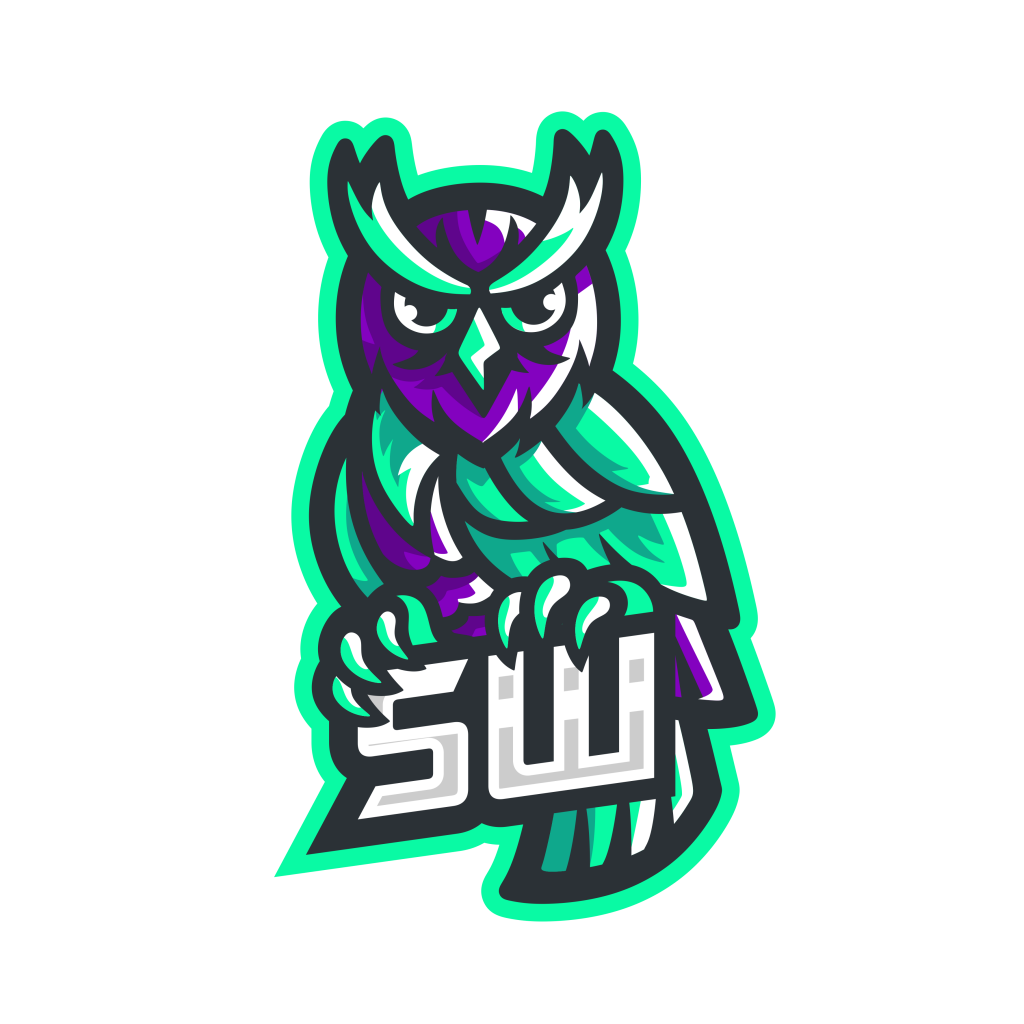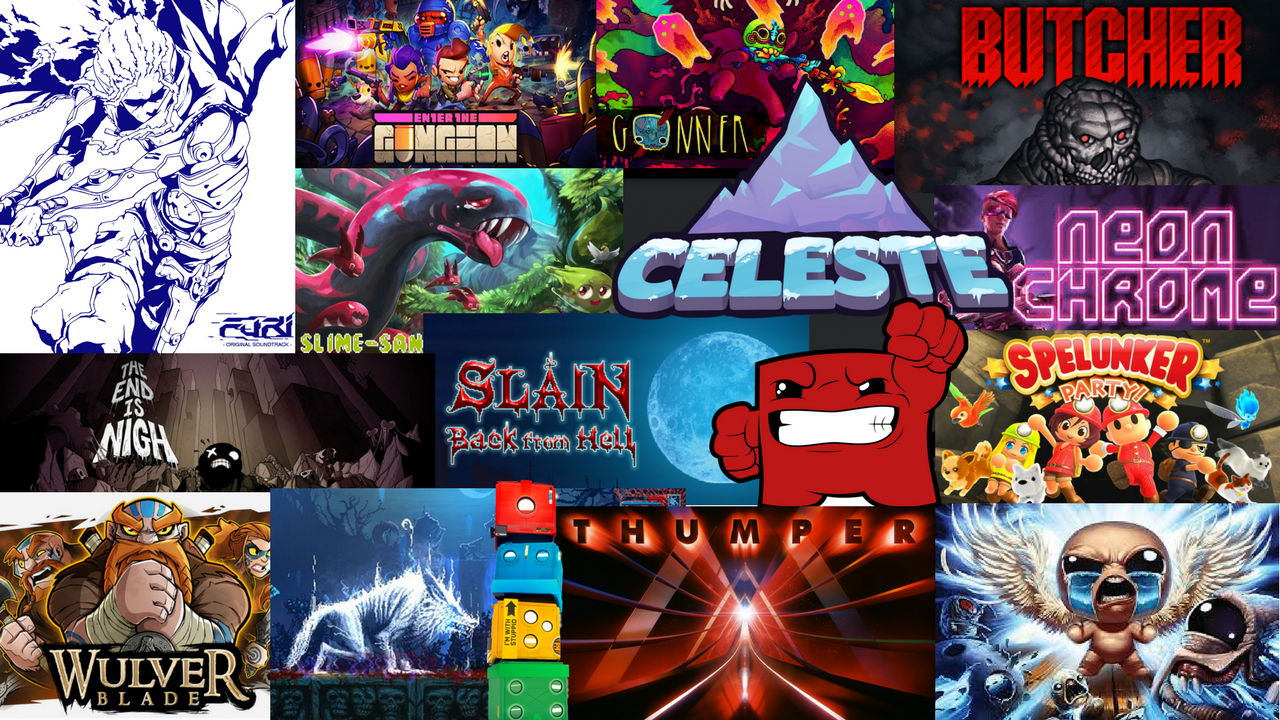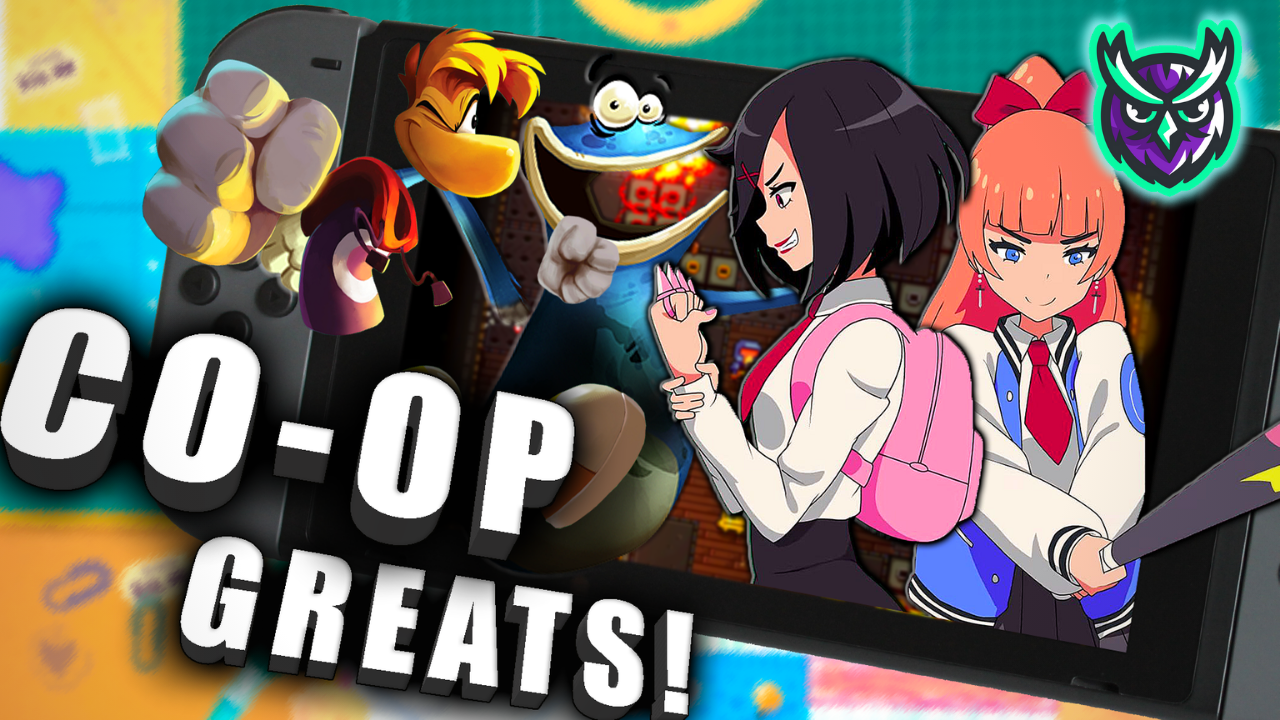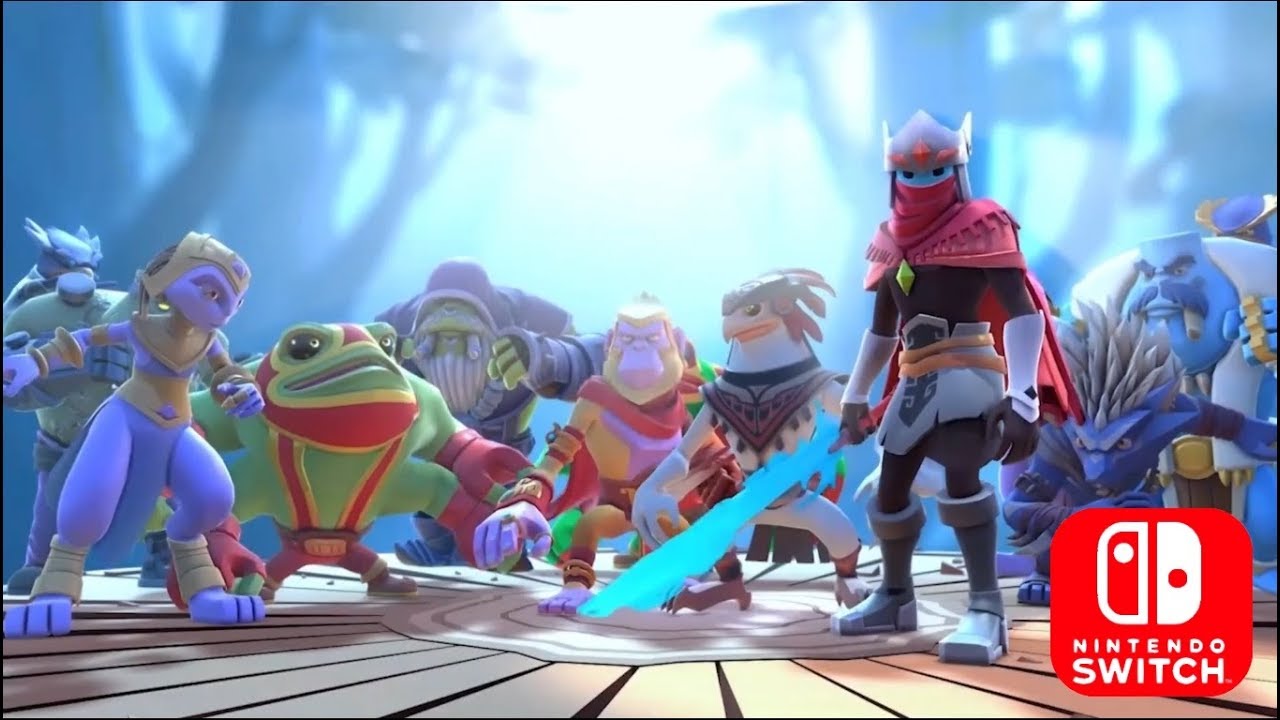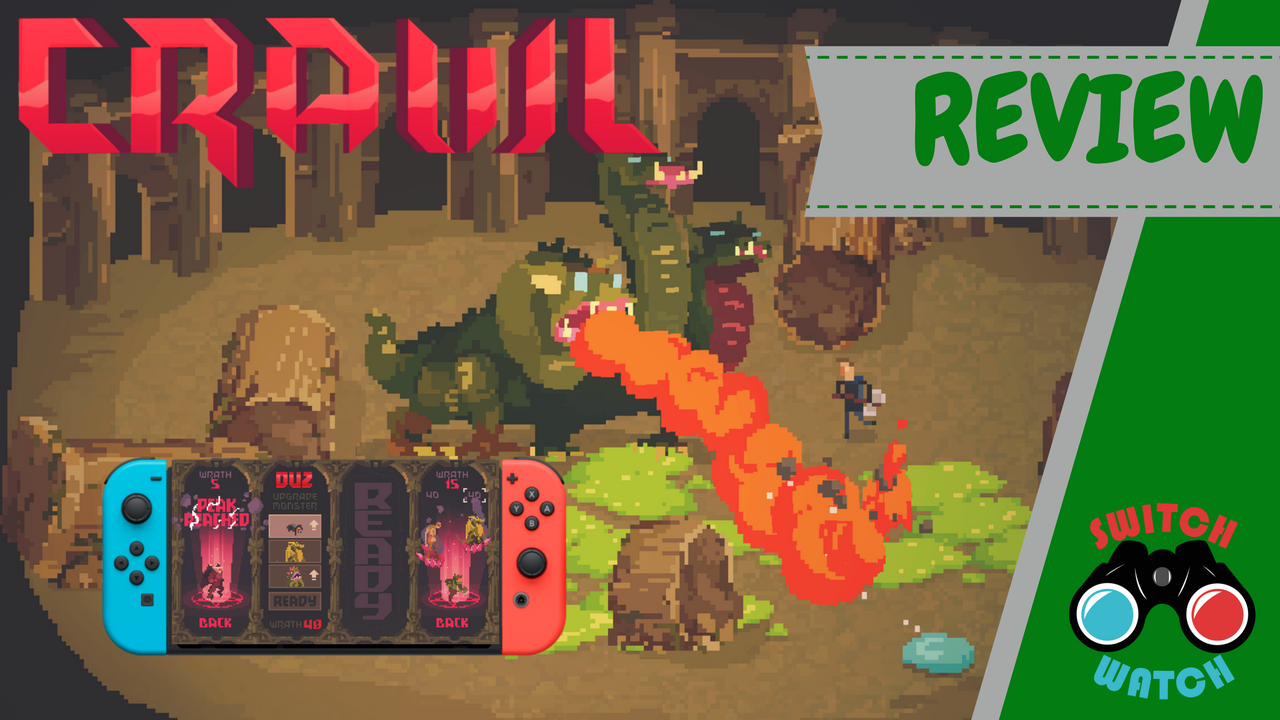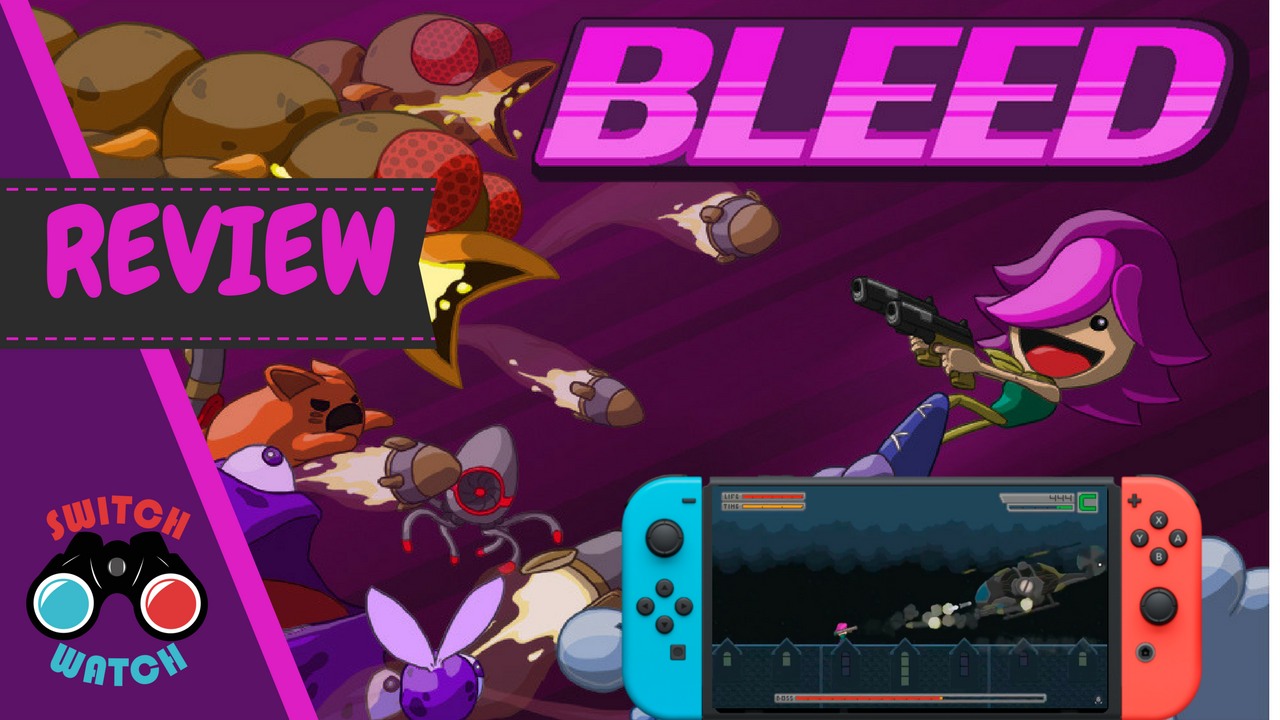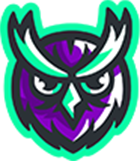Brawlout Nintendo Switch Review
Developer: Angry Mob Games
Publisher: Angry Mob Games
Release Date: December 19th, 2017
Price as of Article: $19.99 USD, £17.99
The storytelling mechanic of Brawlout is done very similarly to fighting games of the past. There is an arcade tower with three difficulties which has a series of battles for you to attempt with one character. Before each battle, the primary fighters have a short conversation which shows how they know or relate to one another. After you complete the tower, you get a short cutscene consisting of still images and text explaining what happens to the character after they complete their trials.
There is also a menu in which you can check the background of all the fighters. This profile is fairly detailed generally consisting of at least a few paragraphs. It isn’t necessary in any way to know this information, but it helps to flesh out the fighters.

The music in the main menu is fast paced and draws on the adrenaline to pump players up. It immediately says to the player, “Prepare for some intense action!” For a fighting game, getting this right is imperative as you want players to get ready for action from the moment the game boots up, and they really nailed it here. This song can be heard in the trailer which is posted above.
Once you enter the character select screen, there is a drastic change in the music style. It still suggests intensity, but instead of having several notes playing in quick harmony on a guitar, the character select menu becomes a series of fast, single notes which sound like they are being played on a violin. It builds quickly, but the song is very short and doesn’t loop very well. It just plays for a little while, ends in silence and then starts over again. This isn’t a problem as most of the time you won’t spend long on this screen, but it is noticeable when you procrastinate while choosing a character.
Once you start a match, the countdown sounds like punches landing on an opponent. After the match starts, you might notice that the music doesn’t stand out much. I found that I had to turn up the music in the options to keep it from getting drowned out by the sound effects from the fighting.
Each stage appears to have one song that plays. None of the songs stand out nearly as well as the menu or character select songs, but they aren’t bad, either. Some of them are sort of cliché such as the song on the Egyptian-themed stage, but that is what you would come to expect from it. The music isn’t really the standout feature of the game, and you won’t likely be paying too close attention to it while in the middle of an intense bout anyway.
Most of the characters lack individuality in terms of sound effects. Many of their attacks have similar sound effects when landing unless they have an elemental effects such as Volt’s electricity. The Drifter from Hyper Light Drifter has some of the most unique sound effects which accompany every slash of his sword, and Juan from Guacamelee has a humorous sound effect of chicken squawking when he transforms into one for his recovery. Otherwise, the characters are mostly silent throughout the matches. Not a single one seems to have any sort of voice acting. Being able to at least hear them grunt when being attacked or shouting when performing an attack would have made battles much more satisfying.
The characters are the backbone of any fighting game, and what is a good fighting game without good mechanics and well-designed characters? Brawlout has six original characters, two guest characters from other indie games and 10 unlockable clone characters based off the aforementioned eight. Each one of the eight primary fighters in Brawlout are completely unique from one another and represents a certain animal or human archtype.
When you look up this game, you are almost certain to see a picture of the four-armed frog named Paco. Paco is an up and coming wrestler who wears a magical mask and spandex tights. Another character you might see is a blue humanoid walrus named Tyson wearing a scarf, equipped with brass knuckles and accompanied by an emperor penguin on his back. Another interesting character appears to be inspired by the monkey king from the classic Chinese tale Journey to the West. In Brawlout, this monkey is named King Apu and comes equipped with royal clothes, a confident sneer and a versatile chain with a fist attached to the end. Even the clone characters, while having the same base models as their counterparts, still have varied and unique designs. For example, Sephi’ra is a royal Egyptian feline whereas her clone is a succubus named Nightma’ra.

There are 12 stages in total. Each one is set in a unique environment inspired by the character linked to the stage. Each stage has many small details to be appreciated such as on The Eyrie where the platforms are based on totems topped with horned bird heads. The background to the stage is also not simply a static image. The houses and mountains in the background overlap and move along with you as the camera pans along the stage. The stages are all bright, colorful and pleasing to the eye.
A very nice touch for the menu page, character select and stage select screens is that the last stage played on will be displayed in the background of the image. This is nice because it helps the screen layout from becoming stale. It will change almost every time you see the screen unless you have a certain stage that you simply love playing on more than any of the others.

Brawlout on the Nintendo Switch runs at 1080p in docked mode, 720p in handheld mode and 60 FPS in both. As most fighting game players know, 60 FPS is integral to having a smooth experience and being able to input your attacks with absolute precision. Brawlout on the Nintendo Switch generally seems to maintain this vita frame rate, but it will occasionally have a hard stutter. This generally seems to happen when the camera makes a sudden shift, and the screen almost freezes for a second. This can interfere with your inputs, and I have died a few times on account of it. This doesn’t happen so frequently that it makes matches unplayable, but it can certainly be annoying and noteworthy.
Brawlout also has noticeably long loading times on the Nintendo Switch. Each match takes about 19 seconds to load which is only three seconds shorter than it takes to load your save file in Elder Scrolls V: Skyrim. Long loading times are permissible in an open-world game where you can sometimes spend hours without seeing another loading screen, but having to wait 19 seconds to load a match which will take you less than two minutes to complete is cumbersome at best. This can be particularly frustrating while you attempt to complete the hard mode in Brawlout’s challenging arcade mode as you will have to retry most of the levels many times.
Brawlout makes some nice use of Switch specific features. Particularly being able to play local multiplayer matches with other people on their own Switches. Another good use of a Switch feature is the touchscreen. Most of the menus are completely controllable via touch which is very useful in the game’s shop screen. However, once you enter the character and stage select screens, the touch controls no longer work. It would be nice if this were implemented later for it is certainly extremely convenient.
The best use of Switch features in this game is the ability to play on one system using split Joycon. Smash Bros. styled games encourage local multiplayer better than most other games, and being able to use split Joycon to do multiplayer while on the go with one system show just how perfect this sort of game is for the Nintendo Switch. For example, while carpooling on the way to work today, I played over a dozen matches with one of my friends while having my Switch propped up between us on a coat.
As every game of this genre almost inevitably ends up being a clone of Super Smash Brothers and targeting the Smash Bros audience, comparisons are impossible to avoid. Brawlout is no exception to the rule, and it relishes in its heritage. Implemented into Brawlout are several key features of Smash from smash attacks, specials, platform fighting, DI, teching and, most importantly, wavedashing.
Before discussing that, let’s get into some of the basics for the uninitiated. Combat in Brawlout is handled in a very simple manner. You move along a 2D stage while battling up to four other characters. The goal of a fight is to attack the enemies to build their percentage meter. The higher the number, the farther they will be knocked back upon being hit. If they are sent far enough to the top or sides of the screen, they will die and lose a stock. They can also be knocked to their doom down into the vast emptiness which exists below every stage.

If you are playing in a stock match, you simply need to take away every stock from each enemy to win. Stock matches are limited to having between 2-5 stocks, so there won’t be any 99-stock matches between you and your friends in this game. Timed matches can also be performed. In a timed match, you play for points. Your total number of deaths will be subtracted from the number of kills you managed to rack up in the time allotted, so go for the best score possible. Timed matches can be between 1-15 minutes, so if you want a really long match, this is the way to go.
Basic attacks are handled by pressing A. These are your jabs, tilts and smash attacks. Jab attacks are performed by simply hammering on the A. Also, pressing B during a jab combo will perform a jab finisher for most of the characters. If you slightly tilt the left analog stick and press A, you will perform a tilt attack. Tilting up, down, or left/right will perform a different tilt, and these vary per character. Some of these naturally combo into your character’s other attacks, so experiment until you find the best way to utilize these moves. Smash attacks are performed by slamming on the left analog stick at the same time as the A button. These are done with the same directional inputs as the tilt attacks, and these are generally the most reliable way to hit opponents with enough force to knock them out. You simply input the smash, charge it until the perfect time to unleash and hit your opponent with devastating force!
Special moves are linked to the B button. Again, just as with the tilt and smash attacks, special moves are performed by pressing the B button with a left/right, up or down analog input or not holding the analog at all. One of the most important special moves is one that is shared in concept by every character on the roster: the up-B recovery. This is the first move which should be mastered as you will end up needing it in almost every single match that you will ever participate in.

Dodging is an important mechanic to master because Brawlout lacks any sort of shield feature. Because you cannot block attacks, you need to become skilled at evading them. Dodging is a simple matter of pressing the L or R button while holding left or right on the analog stick. This will allow you to move quickly along the stage with a few frames of invincibility. You can also simply press L or R with no analog input to perform a spot dodge where you dodge in place.
Should you jump and press L or R with a directional input, you will perform an air dodge which functions almost exactly as it did in Super Smash Bros. Melee by moving you sharply in the direction you were holding the analog stick. This is an incredibly handy feature while allows you to gain great aerial mobility. This move has almost been vastly improved over its Melee predecessor.
After performing an air dodge in Melee, your character would enter into a special fall which meant that the character could not longer move or attack until touching the ground again. You could enter a special fall then press down on the analog stick to fall to the ground faster, but otherwise you would be helpless. In fact, you can even use the air dodge as a third jump while recovering in Brawlout. This small change to the air dodging mechanic greatly enhances it over its Melee progenitor and was one of the most welcomed changes I noticed to the game.
* Note: Teching is possible, but it generally isn’t necessary thanks to the enhanced air dodge mechanic. Most of the time I found that I could air dodge before landing on the ground in a free fall. Also, none of the stages I played on have a ceiling, so there aren’t many opportunities to tech off of stage elements.
* Note 2: Teching is performed by pressing L or R at the moment of impact when you are falling in a free tumble after being hit in the air. Teching allows you to quickly roll after landing on the ground instead of landing instead of landing hard and being helplessly unable to move for a second.
Brawlout has one key differentiating feature separating it from Smash Bros. This is the rage meter. As you are attacked or land A attacks, this meter charges. Be aware that using your special B attacks reduces the meter. Once it reaches the halfway point, you can press the L&R buttons consecutively to stop your momentum should you be sent flying by an enemy attack. Also, if you are stuck in a particularly troublesome combo, you can perform this move as a combo breaker. After doing this, the rage meter is reduced back down to zero.
If you allow the rage meter to build up fully, you can press L+R to enter Rage Mode. Doing this can also act as a combo breaker, but you will also glow with an aura for a short time. While you are in rage mode, the knockback inflicted upon you is reduced and you also knock enemies farther back than normal. You will have to determine at each case whether you should save your rage meter until you can fully unleash it or to use it early to save you in a pinch.
Those are the basics to the gameplay, but if you want to get into it deeper, there are many other techniques that competitive players will be familiar with from the Super Smash Bros series. One of these techniques is called Directional Influence, also known as DI. This gives you some control over your character’s trajectory after being attacked. Just as an attack lands, you can press the analog stick in any direction to slightly alter the path your character will take as they fly off. Occasionally, this can even save you from losing a stock if you would have otherwise died.
L-cancelling is an advanced Melee technique which I never mastered. As such, I can’t really comment on the presence of that technique in this game. What I did notice is that L-cancelling didn’t seem necessary since most of the characters lack any significant landing lag.
One thing I noticed which affected my play was that you can’t control the height of your jumps based on how long you press the jump button. Jumping appears to be at one height all the time regardless of your input. This can be troublesome while trying to line up attacks on airborne opponents. There are some characters such as Sephi’ra whose aerial tilt-A attack stops her upward momentum, so you can time your A attack with your jump to perform a short hop attack.
Fast falling isn’t quite as fluid as it is in the Smash Bros titles. While present, the animations for aerial attacks tend to last a little longer in Brawlout preventing you from fluidly short hopping, air attacking, fast falling then lining up another hit. However, while it isn’t as fluid, it is still present and workable. You will just need to learn the timing and intricacies of each character to fully take advantage of this technique.
* Note: Fast falling is performed when in the air and hammering down on the left analog stick. It allows you to fall at a much faster rate than you normally would.
Wavedashing was an advanced technique discovered in Melee which was possible because of the air dodging mechanic. If you pressed the jump button then immediately followed it by inputting an air dodge while aiming your analog stick at the ground, you would quickly slide along the ground. This became one of the most important techniques for advanced play in Melee because it opened up a far greater mobility than ever could have been achieved otherwise in that game. It allowed for precise placement, extreme combos and intense mind games to be played with the opponent. You never knew where a player with a mastery over wavedashing would go. Brawlout brings that mechanic back while enhancing it. In Melee, you could sometimes incorrectly input the wavedash which would result in you jumping, air dodging and being stuck in a special fall. This could leave you open for a counterattack. Because air dodging does not have this adverse side effect in Brawlout, you don’t have to worry as much about messing up a wavedash.

Brawlout is best experienced with other people. It obviously targets the competitive Smash Bros community and doesn’t feature the numerous game modes which Smash Bros has to make it more enjoyable for a single-player experience. Brawlout has no items, no extra game modes, mini games and most of the stages don’t have any stage hazards. This game focuses 100% on pure skill-based fighting, and as such just doesn’t offer much for people playing solo. Also, as a result, this game will not appeal much to the more casual Smash Bros audience.
The only game mode offered by Brawlout other than basic fighting is an arcade tower. This immediately reminded me of the tower mode from older fighting games such as Mortal Kombat or Killer Instinct. You will choose a character then one of three difficulties. Easy mode will have you fight through eight enemies in one-on-one fights. Medium mode will make you fight 10 double battles with two enemies teamed up against you, and hard mode consists of 12 matches with three opponents teamed up against you. The first two difficulties are manageable, but the hard mode is incredibly challenging. Completing that is a real testament to your skill and drive in this game.

Another option for playing against other people if you don’t live near anyone you can play with locally is to play online. This game features matchmaking with random people as well as those on your friends list. Playing with random people only lets you do 1v1, three stock matches, but you can play quick matches against the computer or locally with friends while you wait for it to find a match. Playing against friends allows you to connect with up to three other people, and you will be able to set up rules just you would normally. Just be aware that the game uses peer-to-peer connections, so the matches can be extremely laggy online unless everyone has a reliable connection. The few matches I was able to find online while I was playing it pre-release for this review were about as laggy as playing Super Smash Brother Brawl online.
There are many things which can be unlocked in the store which include new skins for characters, taunt stickers, a stage, and additional characters. There are three kinds of pinatas which you can buy which contain these unlockables. There are two currencies used in the store: coins and gems. Coins are obtained by completing special challenges and at the end of each match. You get coins based on how well you performed in the match. Gems are obtained by leveling up your characters and by doing special challenges such as winning three online matches in a row. You get ten gems every time that you make a character reach level 4, and reaching level five unlocks their stage for you to select during free play.

This is where I encountered my biggest problem with Brawlout. It takes far too long to unlock these things. Especially if you play by yourself. Simply reaching level 5 to unlock a single stage took me over two hours of grinding per character. On top of that, you aren’t rewarded very much for playing against computers of a higher difficulty. You are simply rewarded for how well you performed. As such, I found the quickest way to grind out the experience to unlock the stages was to fight a team of three level 1 opponents and two stocks. Doing this for about two hours allowed me to reach the level necessary to get the stages. That took significantly too long and was simply not enjoyable whatsoever. In a game like this, unlocking something like stages shouldn’t be such a grind. Especially when there are only three to start with and twelve in total. Level three would have been a much better level to reach to unlock stages because that would have only taken 30 minutes per character. Having stages available is incredibly important in a fighting game. If there are only going to be three at the start with 12 in total, they need to be fast and easy to unlock.
Unlocking characters was even worse. A character pinata costs 40 gems. Reaching level four with enough characters to obtain enough gems to buy one takes a ridiculous amount of time. Even daily challenges that can yield a total of ten gems don’t help much. What makes all of that unacceptable is the fact that you put in all that work to unlock one character, and then you can’t even control which one you get. You do all of that work only to finally get a new character completely at random and very likely won’t get the one you want. It is extremely frustrating and unenjoyable. The only thing mitigating this negative point is that those characters are all just clones of the basic eight fighters with minimal changes to their fighting styles. Even so, I feel that the system of unlocking stages and characters is in needs of a massive overhaul. At the very least, there needs to be a minimum of two different ways to unlock these things. It is fine having the store and pinatas for the small aesthetic items, but features as important in a fighting game as characters and stages should not be locked behind a massive grind wall.
This is the kind of game which is infinitely replayable so long as you have a group of friends to play with or a stable internet connection. You can spend hours playing matches with the same characters as you work on mastering them because each match will be unique in some way. No matter how many times you fight as Paco vs. The Drifter, you will have to deal with slightly different situation to win. If you have some friends to play with and get competitive with them, you will always be able to push each other to greater heights. You will master the intricacies of the advanced techniques and how to use your characters of choice to their fullest capabilities. $20 is a fair asking price for such a game. There are only 8 unique characters, but those character are all fully fleshed out, and their clone variants offer something new to master. Sometimes, you might find that one of those small changes could make the difference between a character you never touch and your main. $15 would have been a better price for this game; however, considering there are no other Smash Bros. type offerings on the Switch, $20 is manageable if you have that Smash itch to scratch. And that is an itch that goes deep for anyone passionate for the series.
